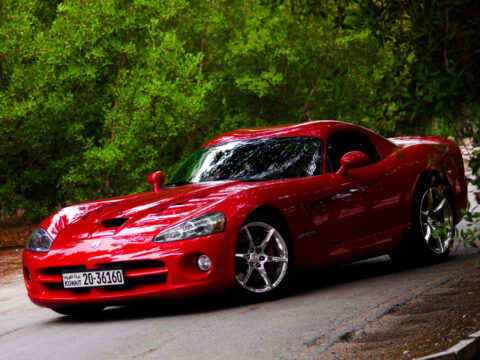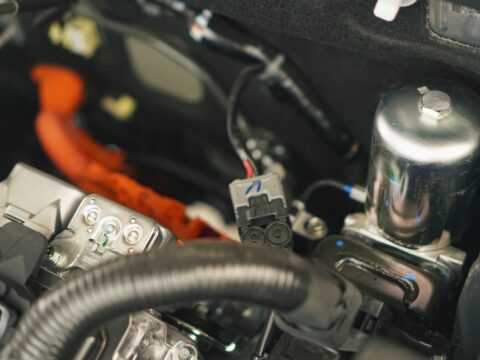When it comes to driving, handling is a critical aspect that can make or break the experience. Some cars, however, fall short in this department, offering a ride that’s anything but smooth and controlled. In this article, we’ll explore 20 cars that are known for their poor handling, making them difficult to manage on the road.
Contents
Ford Pinto (1970-1980)
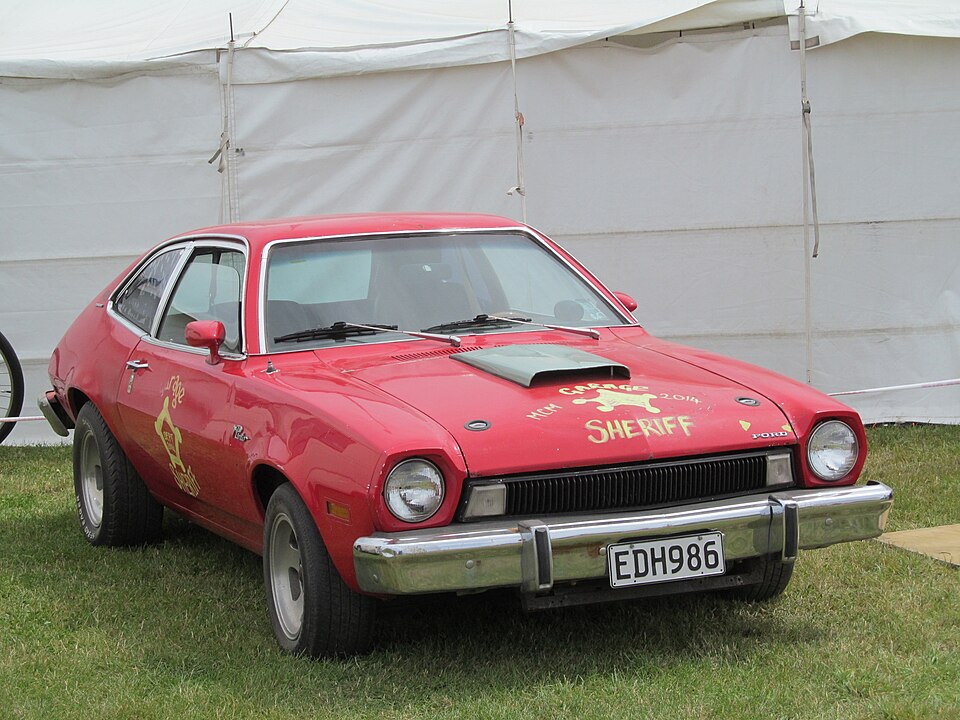
The Ford Pinto became notorious for its poor handling, primarily due to its lightweight build and narrow track width. Unpredictable oversteer often plagued drivers, especially in emergency situations. Additionally, its rear suspension was rudimentary, contributing to a lack of stability at higher speeds. The Pinto’s overall design flaws made it difficult to control, particularly on winding roads. Its reputation for being both unsafe and challenging to drive remains a dark spot in automotive history.
Chevrolet Corvair (1960-1964)
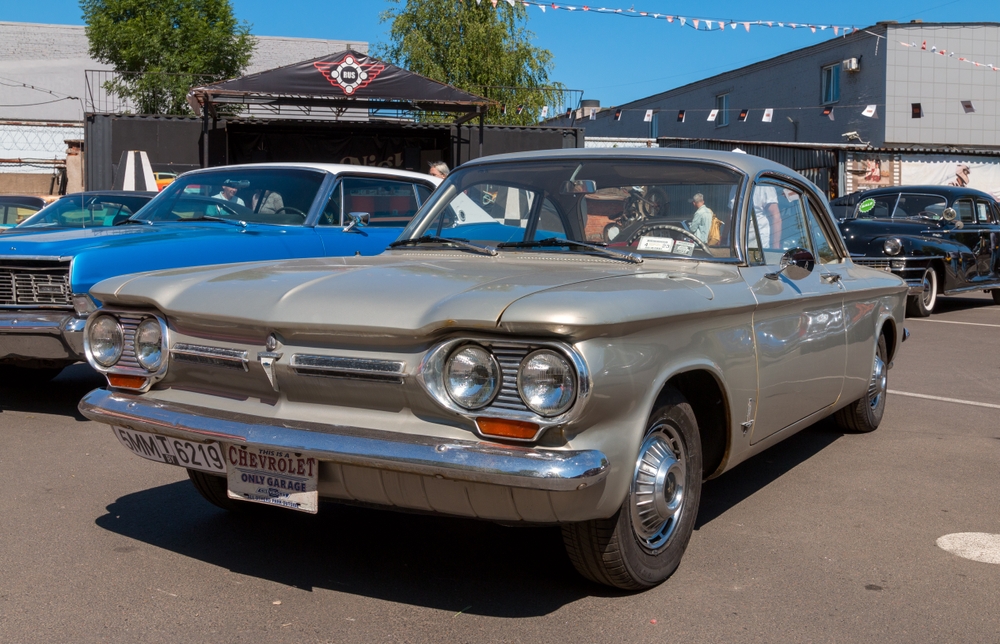
Infamously highlighted in Ralph Nader’s Unsafe at Any Speed, the Chevrolet Corvair suffered from severe handling issues. Its rear-engine layout and swing-axle suspension led to dangerous oversteer, making it treacherous during sharp turns. Despite later improvements, the early models’ instability issues cast a long shadow over its legacy. The car’s tendency to lose control in critical moments made it a hazard on the road. To this day, the Corvair serves as a cautionary tale in automotive safety.
AMC Pacer (1975-1980)
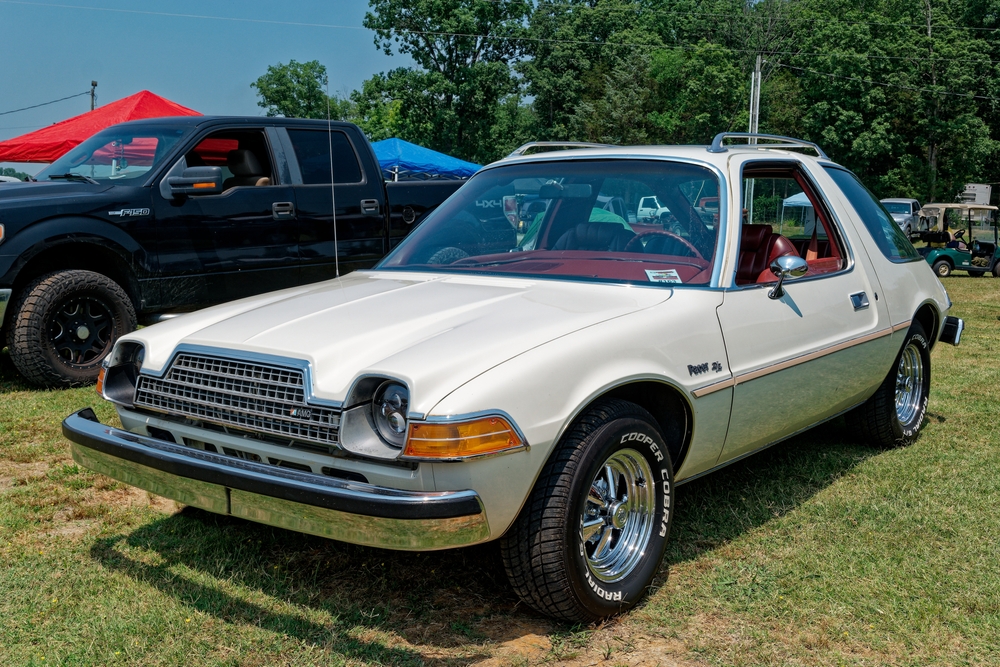
The AMC Pacer, with its distinctive wide-bodied design, was plagued by significant handling problems. Poor weight distribution, with a heavy emphasis on the front end, caused the car to understeer severely. Short wheelbase further complicated its handling, particularly at higher speeds where it felt unstable. Steering feedback was vague, leaving drivers struggling to maintain control in tight situations. Though its unique appearance drew attention, the Pacer’s driving dynamics left much to be desired.
Ford Mustang II (1974-1978)
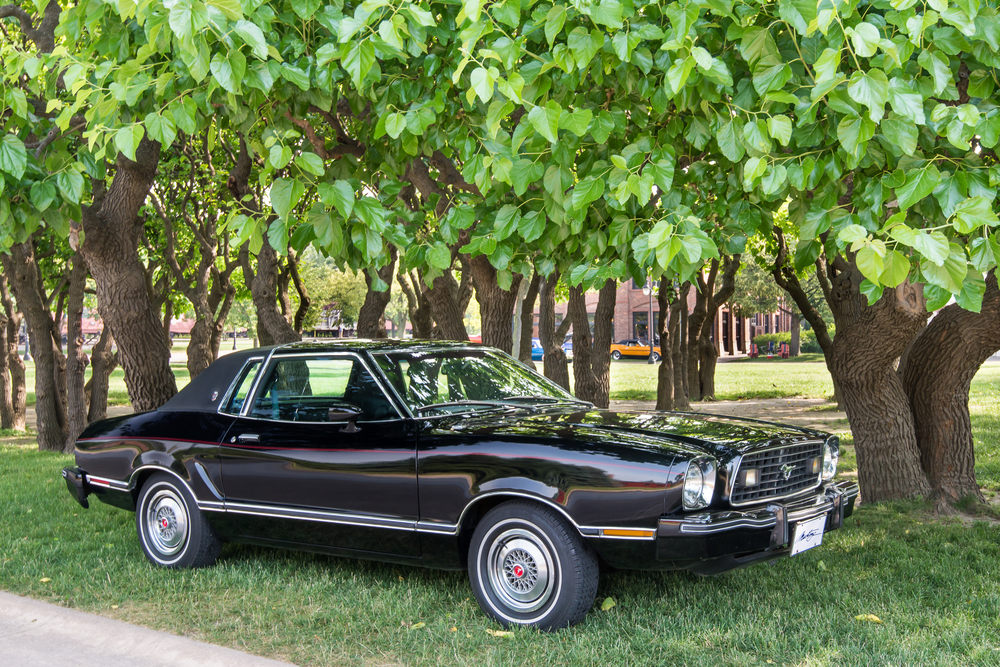
Downsized during the oil crisis, the Ford Mustang II was far from a performance car, and its handling reflected this compromise. Designed more for economy than excitement, the suspension prioritized comfort, leading to excessive body roll in corners. A live rear axle compounded the problem, resulting in a less stable and less enjoyable driving experience. Though it found commercial success due to its fuel efficiency, the Mustang II’s handling characteristics disappointed driving enthusiasts.
Pontiac Fiero (1984-1988)
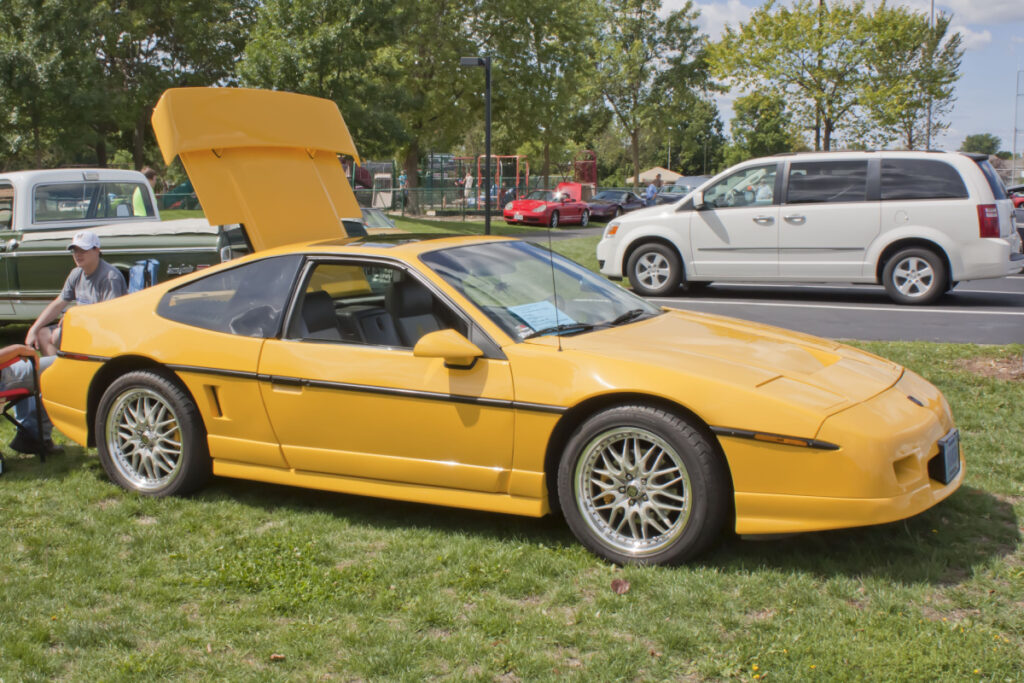
The Pontiac Fiero aimed to be a sporty mid-engine car but faltered due to its handling flaws. Early models borrowed their suspension from GM’s economy cars, a setup ill-suited for a mid-engine layout. This poor match resulted in understeer and a lack of balance, detracting from the car’s sporty intentions. Further compounding its issues were cooling system failures that led to engine fires.
Triumph TR7 (1975-1981)

The Triumph TR7, despite its bold wedge-shaped design, disappointed many with its lackluster handling. Its live rear axle and overly soft suspension led to noticeable body roll and understeer, detracting from the expected sports car experience. Steering was often criticized for being vague and unresponsive, making tight corners a challenge. Build quality issues only worsened the driving experience, tarnishing the TR7’s potential.
Cadillac Cimarron (1982-1988)
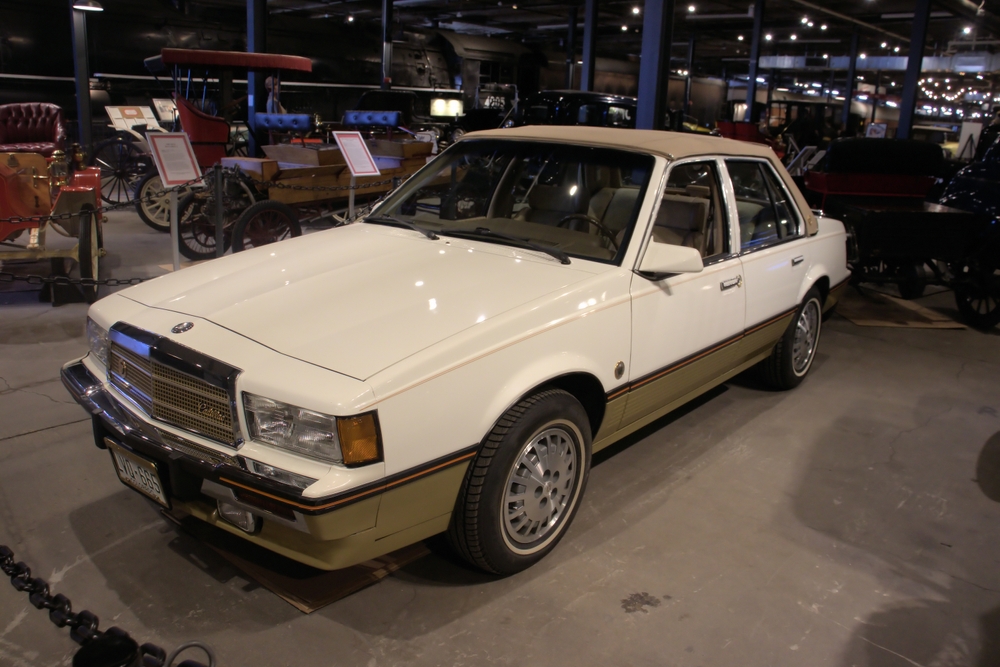
The Cadillac Cimarron, an attempt at a luxury compact car, suffered from handling deficiencies rooted in its economy car origins. With a suspension setup borrowed from the Chevrolet Cavalier, the car exhibited excessive body roll and lacked the precision expected of a Cadillac. Steering was light and uncommunicative, further diminishing the driving experience. Despite efforts to position it as a premium vehicle, the Cimarron was widely derided for its poor road manners.
Chevrolet Chevette (1976-1987)
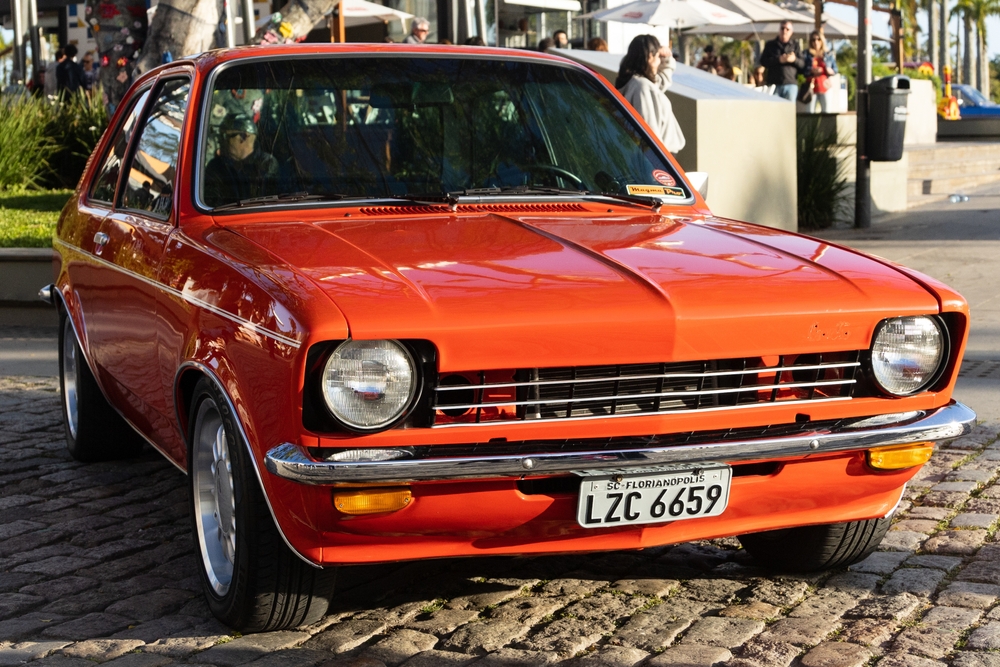
Built with affordability as its main goal, the Chevrolet Chevette sacrificed handling to keep costs low. The car’s basic suspension, coupled with narrow tires, resulted in significant body roll and limited grip, especially during cornering. Drivers often found the steering slow and imprecise, making the car feel cumbersome and uninspiring on the road. While the Chevette was a popular choice for budget-conscious buyers, its driving dynamics were frequently criticized.
Yugo GV (1985-1992)
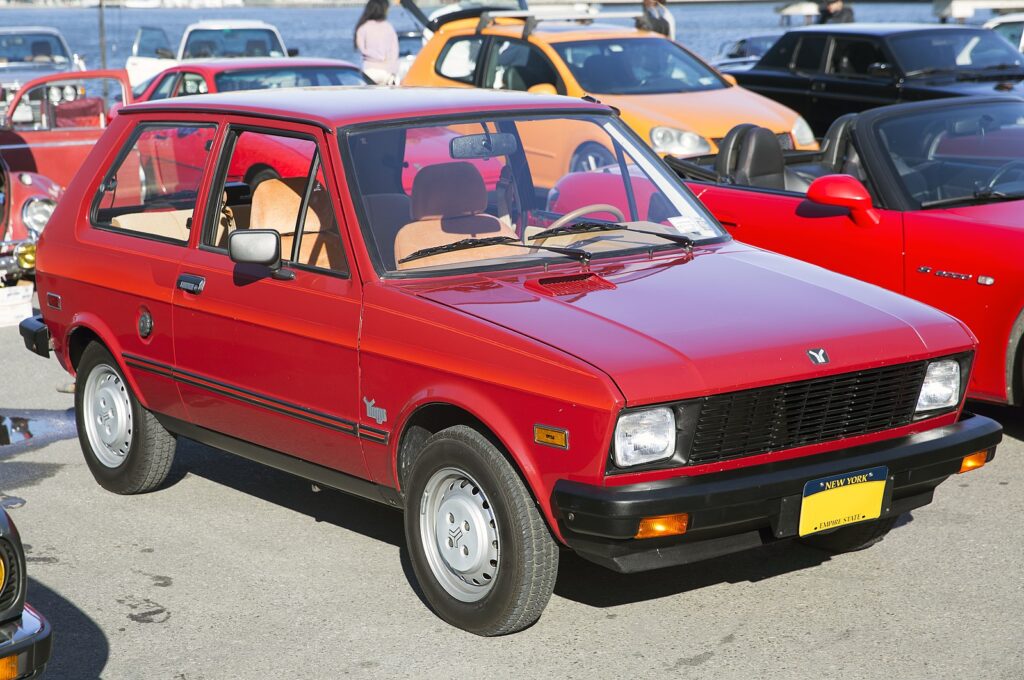
The Yugo GV, known for its bargain-basement price, was also infamous for its appalling handling. Lightweight construction and an outdated suspension design led to a bouncy, unstable ride that was difficult to control. Steering lacked precision, causing the car to wander unpredictably, especially at highway speeds. Cornering was particularly hazardous, with the car exhibiting extreme body roll and understeer.
Lincoln Versailles (1977-1980)
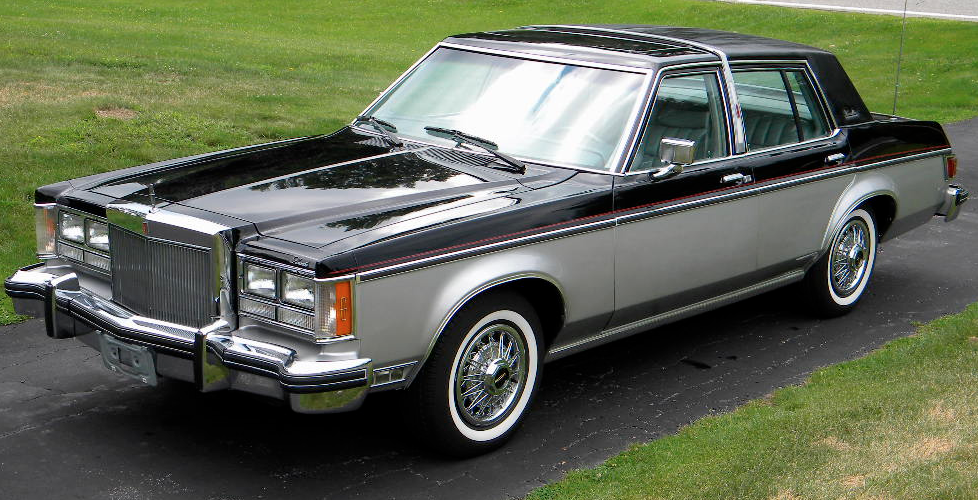
The Lincoln Versailles, a luxury sedan with high aspirations, failed to impress in the handling department. Based on the Ford Granada, it inherited a suspension setup more suited to a mundane family car than a premium luxury vehicle. The soft suspension tuning resulted in excessive body roll and poor cornering stability, undermining its luxury pretensions. Light, unresponsive steering further disconnected the driver from the road, making the car feel unwieldy.
Renault Dauphine (1956-1967)

Despite its charming looks, the Renault Dauphine struggled with dangerous handling characteristics that marred its appeal. A rear-engine layout, combined with a swing-axle suspension, made the car prone to severe oversteer and instability, especially in wet conditions. Its lightweight and narrow tires further compromised handling, making it difficult to control during spirited driving. While the Dauphine was popular in Europe, it was widely criticized in the U.S. for its unsafe handling.
Fiat 126 (1972-2000)
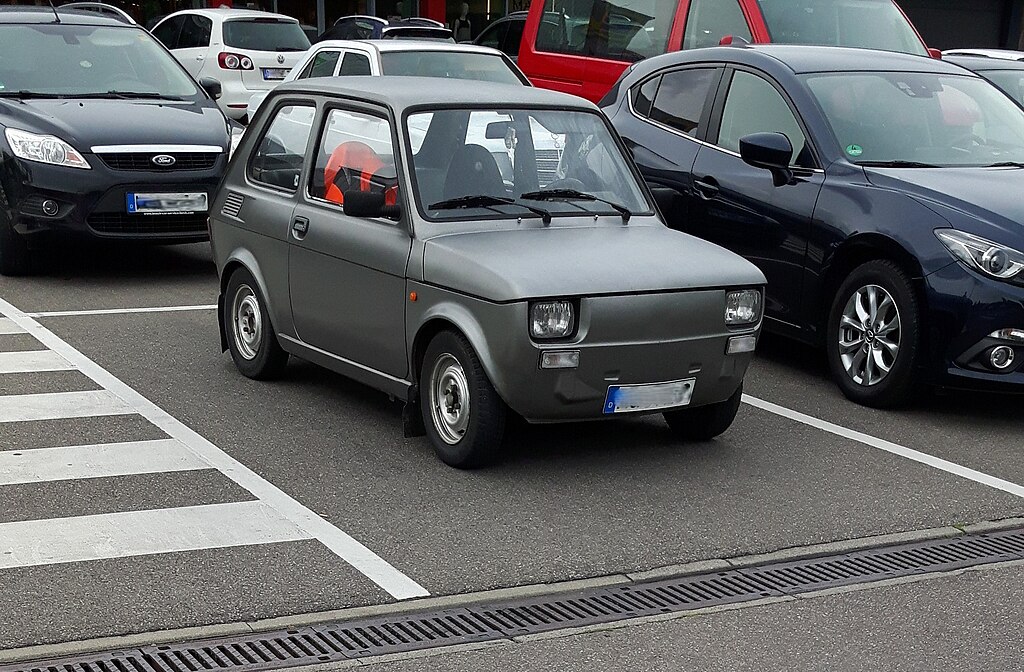
The Fiat 126, designed for practicality in urban environments, was far from ideal in terms of handling. Its short wheelbase and narrow track made it prone to instability, especially at higher speeds where it felt precarious. Primitive suspension added to the woes, leading to excessive body roll and a jarring ride on uneven roads. Additionally, the steering lacked the responsiveness needed for confident driving in tight spaces.
Chrysler TC by Maserati (1989-1991)
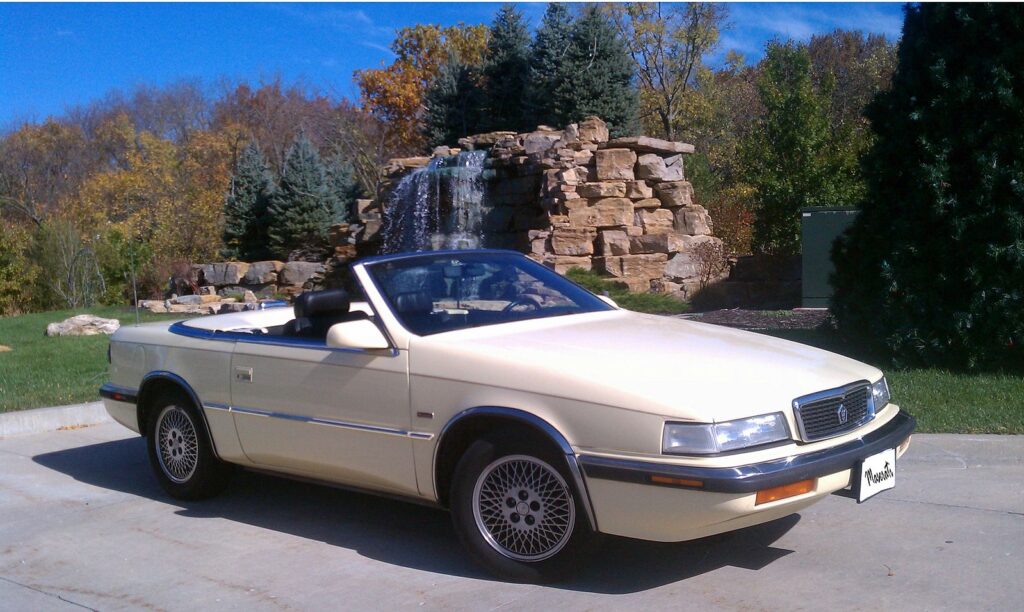
Despite its Maserati pedigree, the Chrysler TC by Maserati underwhelmed with its lackluster handling. The car’s suspension, designed more for comfort than performance, resulted in substantial body roll and a lack of agility in turns. Light, uncommunicative steering detracted further from the driving experience, disappointing those who expected a more engaging ride. Though it carried the Maserati name, the TC failed to live up to the brand’s performance heritage.
Jaguar XJ-S (1975-1996)
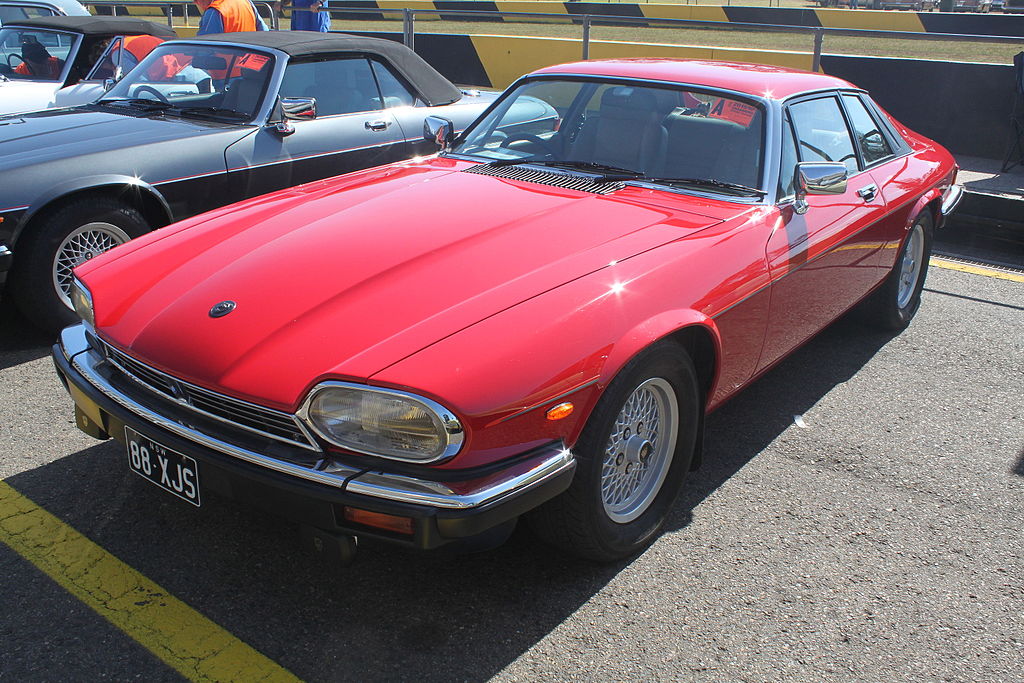
The Jaguar XJ-S, while elegant and powerful, was often criticized for its less-than-inspiring handling. Its considerable weight and soft suspension tuning led to pronounced body roll, making the car feel cumbersome in corners. The steering, too, was slow and lacked feedback, contributing to a disconnected driving experience. Although the XJ-S excelled as a grand tourer, it fell short in delivering the sharp handling expected from a Jaguar.
Subaru XT (1985-1991)
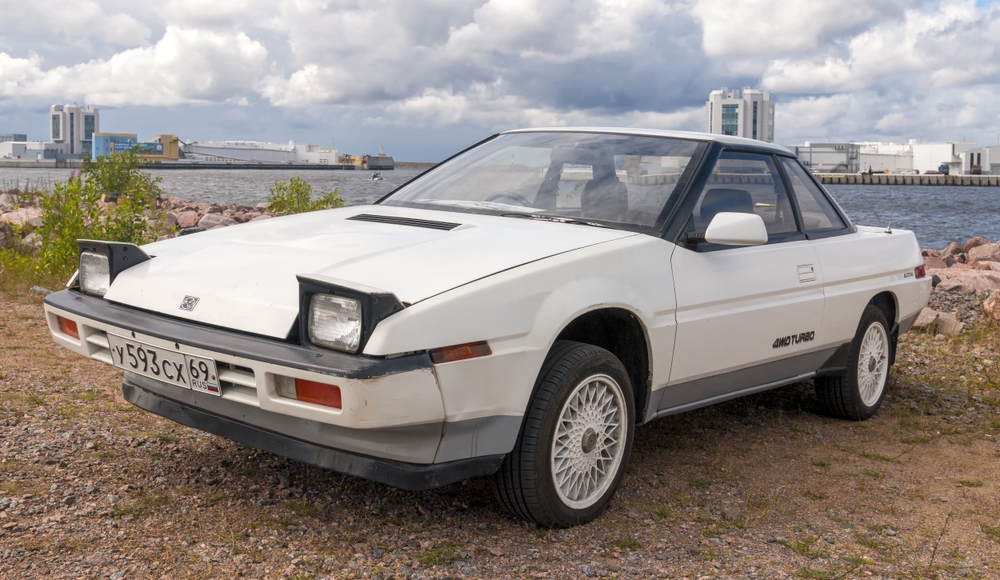
Futuristic in appearance, the Subaru XT fell short in the handling department, disappointing drivers who expected more. Designed with comfort in mind, its suspension was too soft to provide the necessary grip and stability during spirited driving. Body roll was a common complaint, as was the overly light and vague steering that made precise control difficult. Though its all-wheel-drive system added some degree of stability, it couldn’t fully compensate for the car’s other shortcomings.
Oldsmobile Cutlass Ciera (1982-1996)
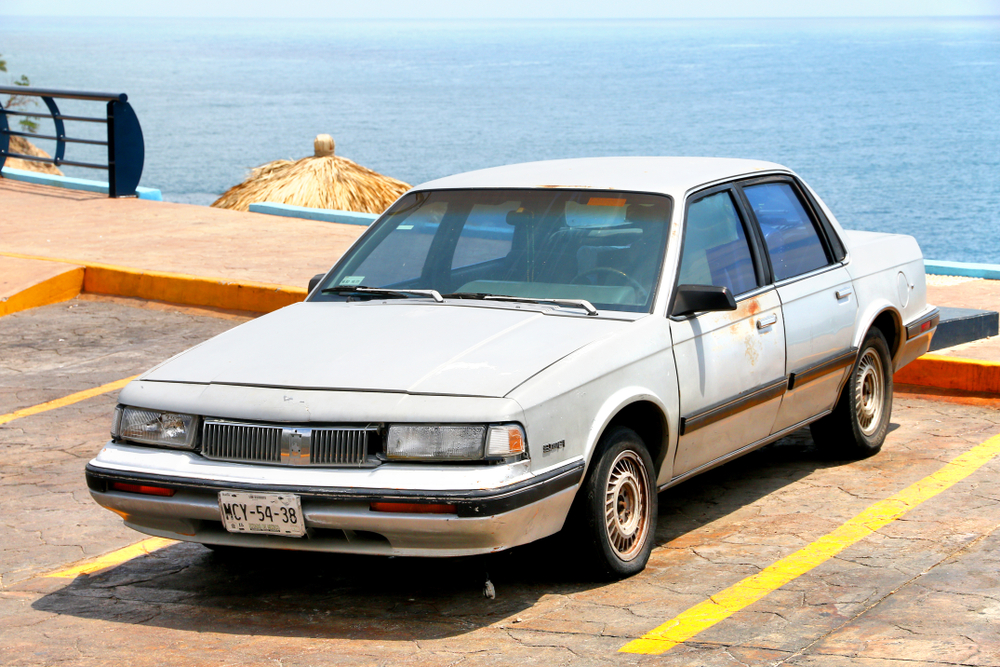
The Oldsmobile Cutlass Ciera, a popular midsize option, was never known for its handling prowess. Designed with comfort as the priority, the car’s soft suspension led to pronounced body roll and a detached driving feel. Steering was overly light and imprecise, which further diminished the car’s appeal in terms of driving dynamics. While the Ciera was reliable and comfortable, it lacked the agility needed to stand out in its class. For many, it was a solid but uninspiring choice.
Peugeot 504 (1968-1983)
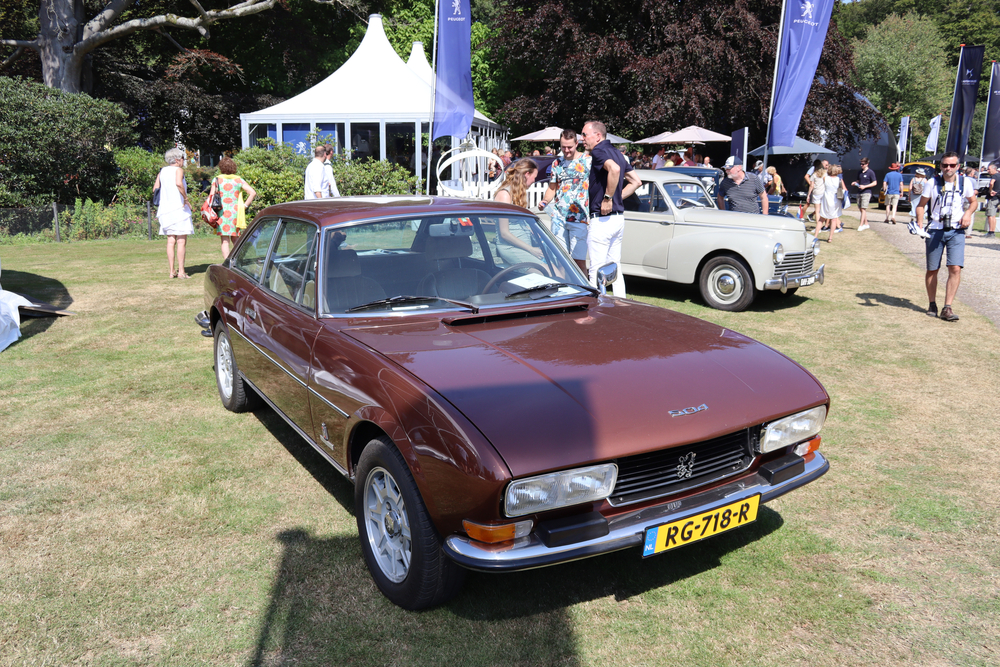
Known for its durability and comfort, the Peugeot 504 unfortunately did not excel in handling. Its high ride height and soft suspension tuning contributed to excessive body roll, making it less stable in corners. The car’s steering was also slow and vague, resulting in a less engaging driving experience compared to its competitors. Despite these shortcomings, the 504 was admired for its resilience, though not for its agility.
Cadillac Seville (1980-1985)

The Cadillac Seville, particularly in its diesel-powered variant, was hampered by poor handling characteristics that detracted from its luxury aspirations. Weighing in heavily, the car’s suspension was too soft, resulting in significant body roll and a lack of cornering confidence. Steering was light and vague, making the car feel disconnected from the road, especially during more spirited driving. While it offered a plush ride, the Seville fell short of delivering a satisfying driving experience.
Austin Allegro (1973-1982)
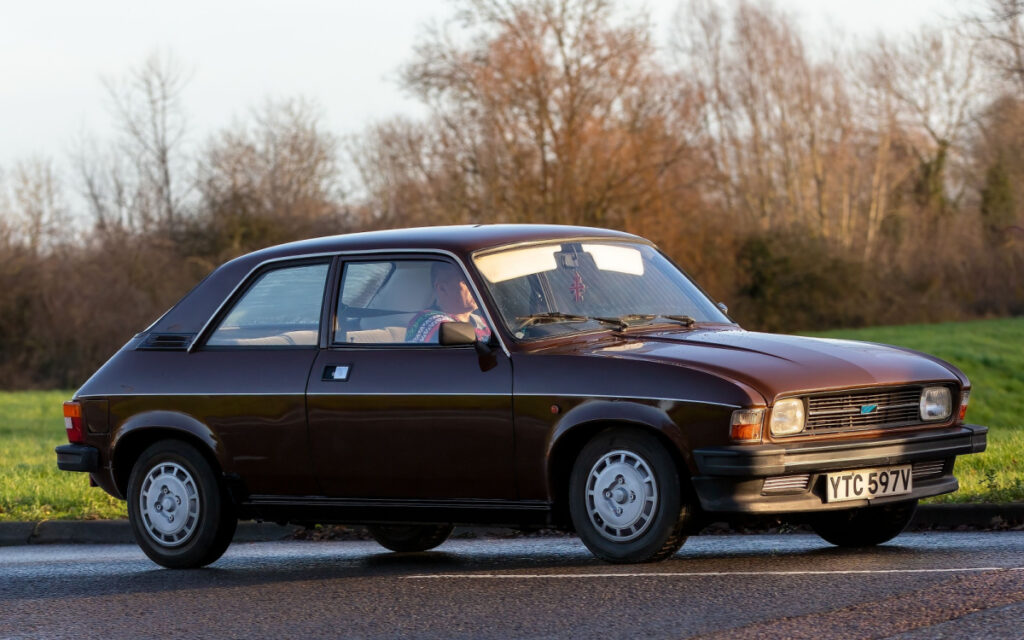
The Austin Allegro was a compact car with handling that left much to be desired, often criticized for its uninspiring road manners. Its Hydragas suspension system, though innovative, led to unpredictable handling, with excessive body roll and a rough ride over uneven surfaces. The car’s steering was slow and lacked precision, making it a challenge to navigate tight corners confidently. Despite efforts to modernize the Allegro, its handling issues persisted throughout its production run.
Chevrolet Vega (1971-1977)
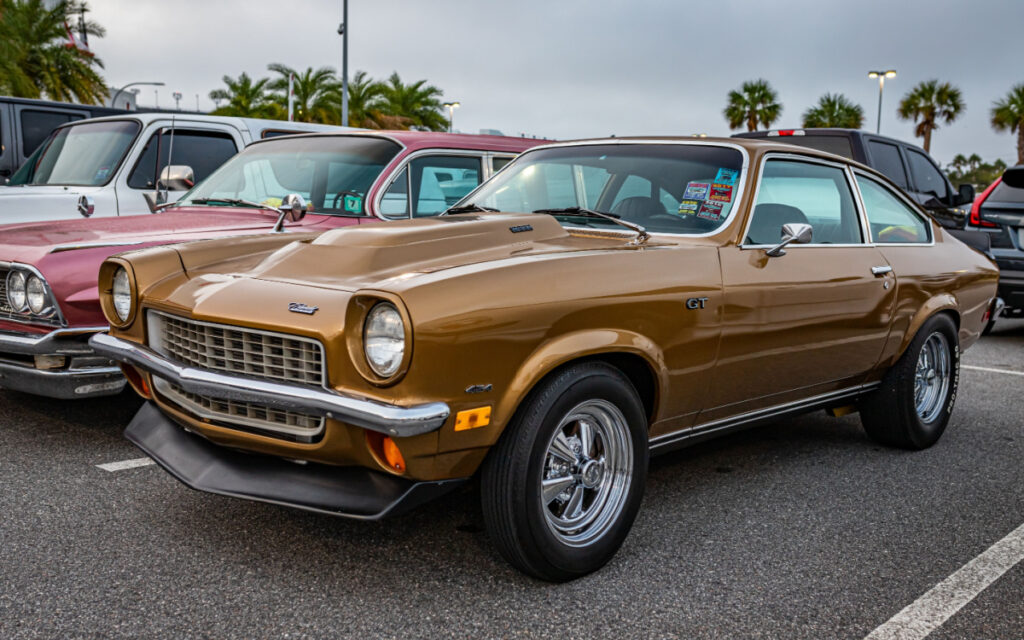
The Chevrolet Vega, despite its promising start, quickly gained a reputation for poor handling that tarnished its image. The car’s lightweight construction and rudimentary suspension setup contributed to excessive body roll and instability in corners. Drivers frequently complained about the vague and unresponsive steering, which made the Vega difficult to control, particularly at higher speeds. Combined with other quality issues, these handling flaws significantly contributed to the Vega’s downfall.
This article originally appeared in MyCarMakesNoise.
More from MyCarMakesNoise
20 Most Stylish Chevrolet Models of All Time
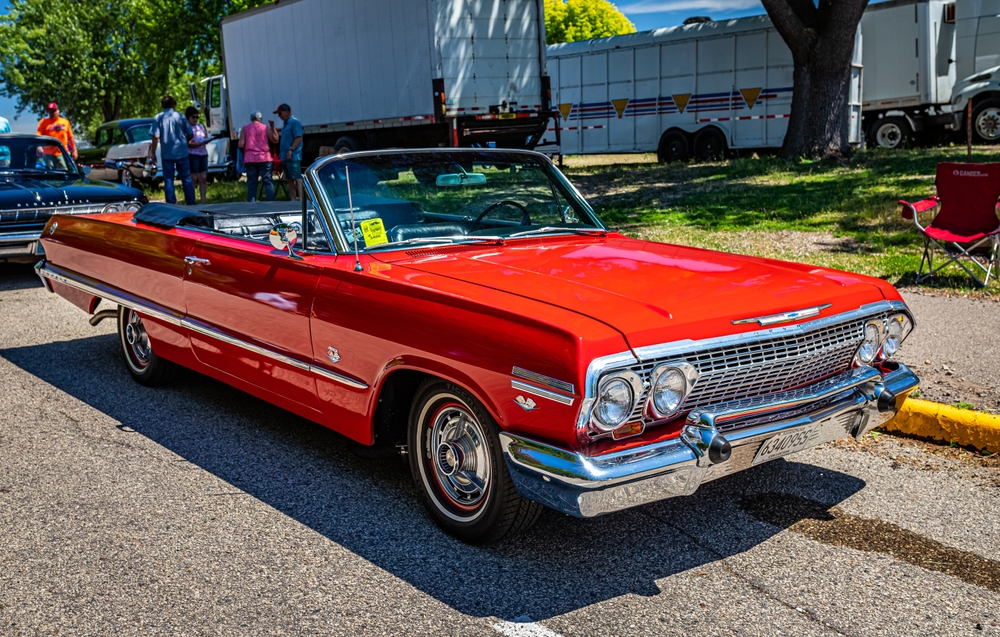
Chevrolet has long been synonymous with quintessentially American automotive design and innovation. From sleek sports cars to rugged trucks and everything in between, Chevy has produced some of the most iconic and visually stunning vehicles on the road. Read More.
21 Dependable Cars Mechanics Recommend

When it comes to choosing a new car, reliability is often at the top of the list for most buyers. After all, a dependable car means fewer headaches, lower maintenance costs, and better overall value. Read More.
20 High-Performance Motorcycles with Lightweight Designs
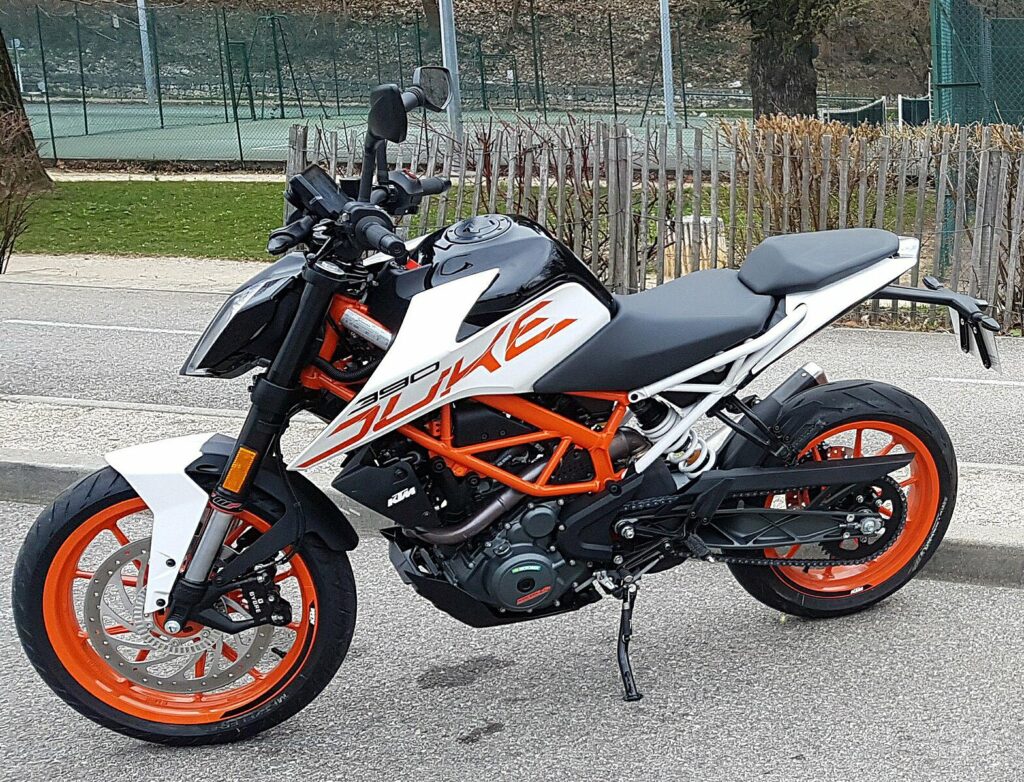
When it comes to motorcycles, lighter often means faster, more agile, and immensely fun to ride. For enthusiasts who crave speed and precision without compromising on power, these lightweight machines pack a serious punch. Read More.



